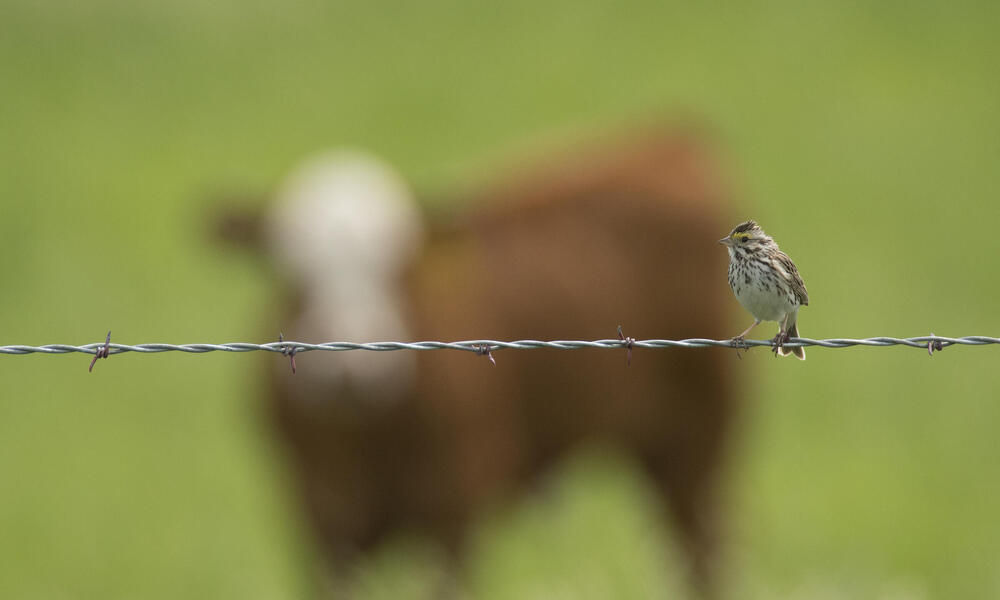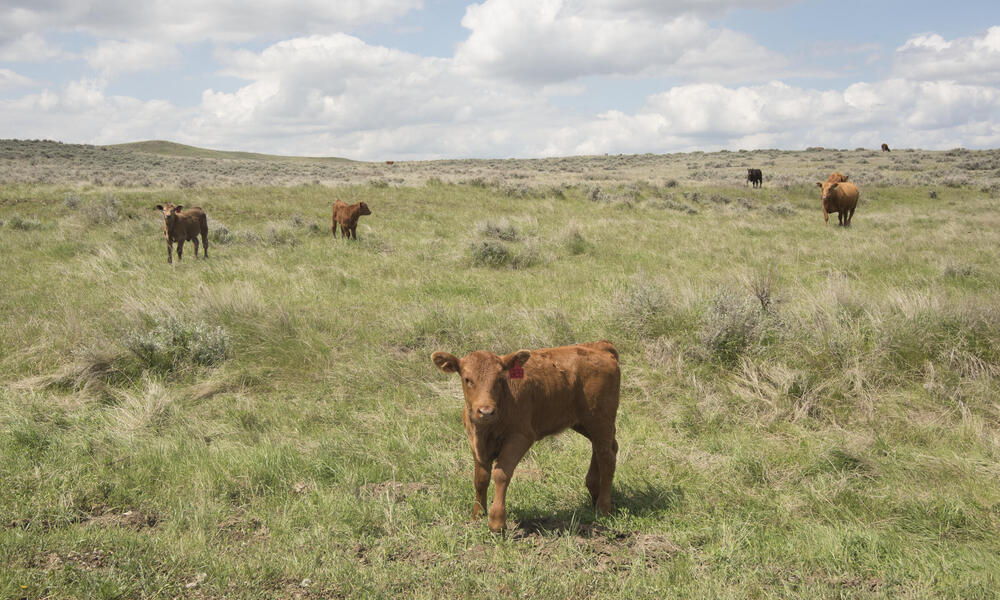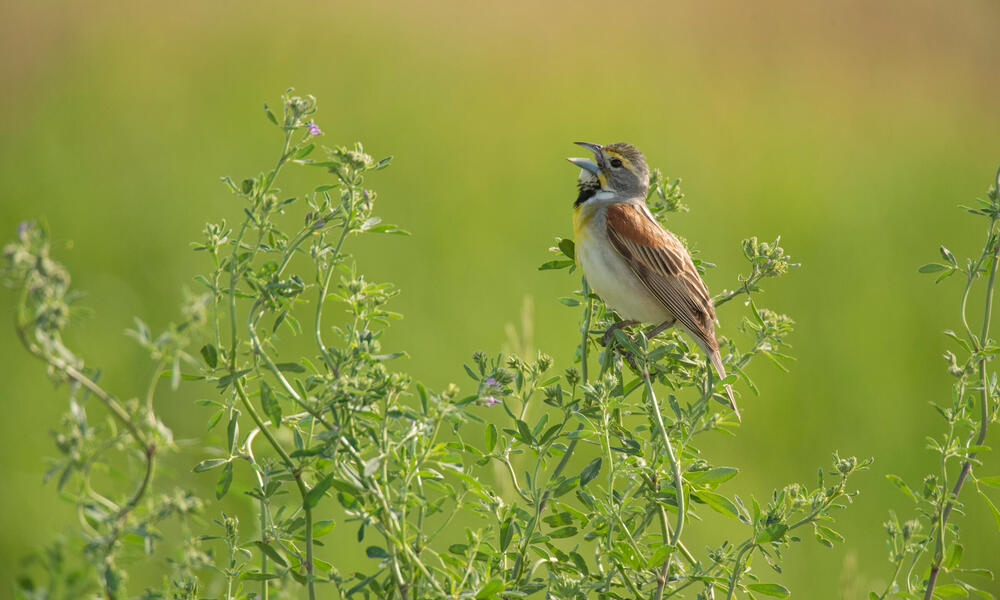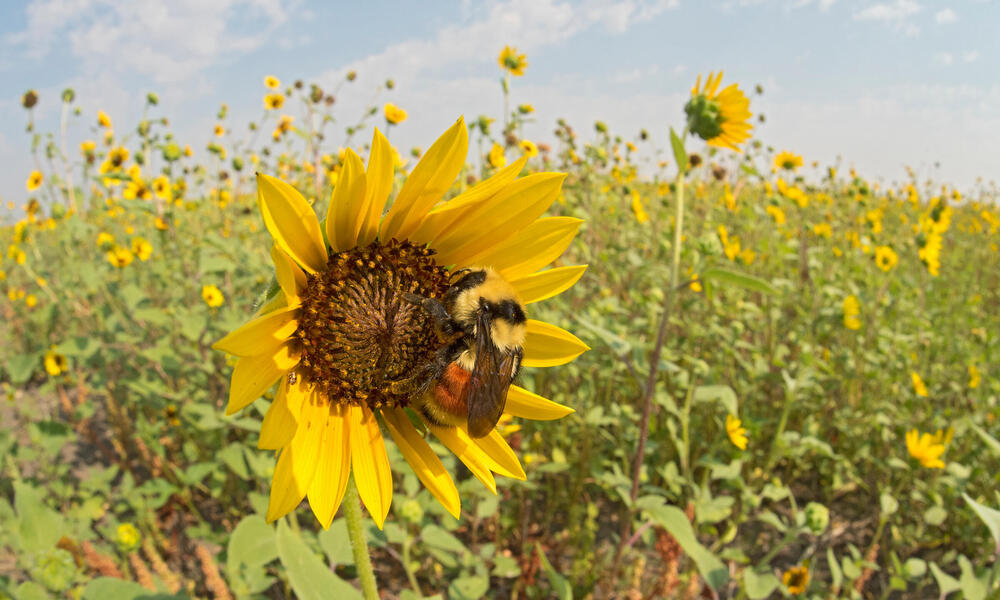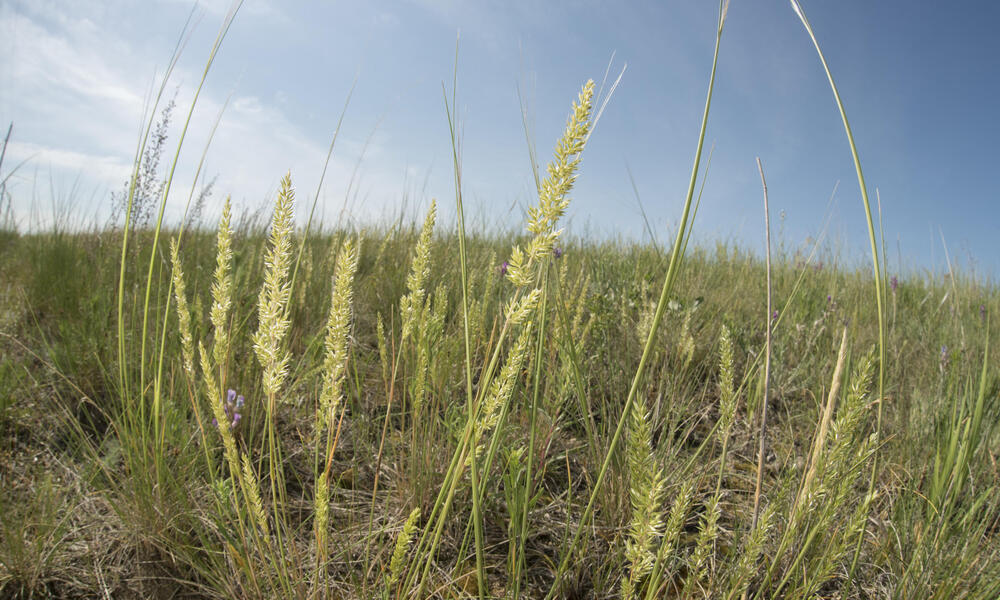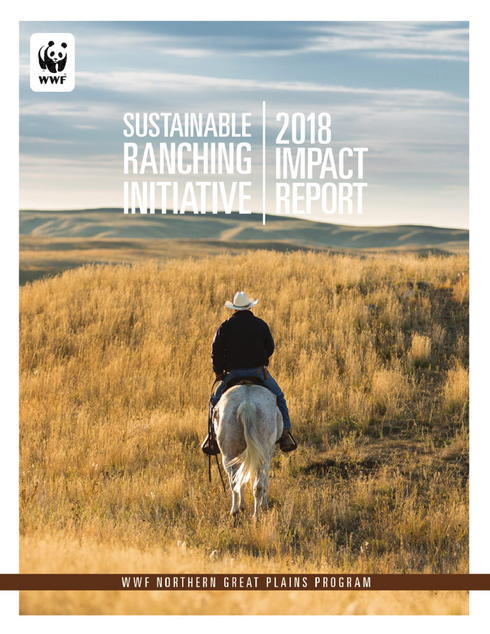Building relationships with the ranching community since 2011
To date, the SRI has focused on building relationships with ranchers throughout the NGP by grassland bird surveys and engagement with locally led rancher groups. Since 2015, WWF has conducted ranch bird surveys on over 90 ranches that maintain over 790,000 acres of grassland and provide habitat for over 145 bird species and many other wildlife species.
WWF’s community resilience efforts have provided over $360,000 in targeted support to ranching communities and impacted or influenced over 1.5 million acres. This targeted support has included capacity-building grants, support for local outreach on grazing management, education programs, and matching funds for projects to do on-the-ground conservation work. To develop a program that simultaneously addressed conservation and rancher concerns, the SRI team held listening sessions with ranchers throughout the NGP in 2015. One issue that consistently emerged was the concern about the future of ranching as few ranchers had developed ranch transition plans to pass on their operation to the next generation. To address this concern, WWF partnered with the Nebraska Grazing Lands Coalition to launch a new approach to transition planning in Nebraska in 2019.
WWF has been engaged in larger discussions with corporate partners on food systems for years, and WWF is an active member of the US Roundtable for Sustainable Beef (USRSB), a multi-stakeholder initiative developed to advance, support and communicate continuous improvement in sustainability of the U.S. beef value chain. To further the efforts of the USRSB, WWF partnered with Costco Wholesale, Hy-Plains Feedyard, JBS USA, and Montana Stockgrowers Association to launch the Northern Great Plains Sustainable Beef Pilot in Montana. Going forward, the SRI will utilize the strong relationships built with ranchers throughout the NGP to protect and restore grasslands as well as improve management. Rancher engagement will continue to be an important component to achieving these goals.

